Evaluation of Rural Healing Landscape DESIGN Based on Virtual Reality and Electroencephalography
Abstract
:1. Introduction
1.1. Design and Emotion
1.2. Healing Landscapes Design and Emotions
1.3. Healing Landscape Design and VR
1.4. Landscape Design and EEG
2. Materials and Methods
2.1. Experimental Design and Sample
2.2. Landscape Elements Design
2.3. Experiment Environment
3. Procedure
4. Analysis
4.1. EEG Data Processing and Analysis
4.2. Statistical Analysis
4.3. Correlation Analysis
5. Results
5.1. Subject Evaluation Results
- Security
- 2.
- Comfort
- 3.
- Positive
5.2. EEG Processing Results
5.3. Correlation Analysis Results
6. Discussion and Conclusions
Author Contributions
Funding
Institutional Review Board Statement
Informed Consent Statement
Data Availability Statement
Conflicts of Interest
References
- Desmet, P.; Hekkert, P. Framework of product experience. Int. J. Des. 2007, 1, 57–66. [Google Scholar]
- Norman, D. Emotional Design: Why We Love (or Hate) Everyday Things; Basic Books: New York, NY, USA, 2007. [Google Scholar]
- Jordan, P.W. Designing Pleasurable Products: An Introduction to the New Human Factors; CRC Press: Boca Raton, FL, USA, 2000. [Google Scholar]
- Wright, P.; McCarthy, J. Empathy and experience in HCI. In Proceedings of the SIGCHI Conference on Human Factors in Computing Systems, Florence, Italy, 5–10 April 2008; pp. 637–646. [Google Scholar]
- Gaggioli, A.; Riva, G.; Peters, D.; Calvo, R.A. Positive technology, computing, and design: Shaping a future in which technology promotes psychological well-being. In Emotions and Affect in Human Factors and Human-Computer Interaction; Elsevier: Amsterdam, The Netherlands, 2017; pp. 477–502. [Google Scholar]
- Hassenzahl, M. Experience Design: Technology for All the Right Reasons; Morgan & Claypool Publishers: San Rafael, CA, USA, 2010. [Google Scholar]
- Ulrich, R.S. Effects of interior design on wellness: Theory and recent scientific research. J. Health Care Inter. Des. 1991, 3, 97–109. [Google Scholar] [PubMed]
- Kaplan, R.; Kaplan, S. The Experience of Nature: A Psychological Perspective; Cambridge University Press: Cambridge, UK, 1989. [Google Scholar]
- Kaplan, S. The restorative benefits of nature: Toward an integrative framework. J. Environ. Psychol. 1995, 15, 169–182. [Google Scholar] [CrossRef]
- Bratman, G.N.; Hamilton, J.P.; Daily, G.C. The impacts of nature experience on human cognitive function and mental health. Ann. N. Y. Acad. Sci. USA 2012, 1249, 118–136. [Google Scholar] [CrossRef]
- Taylor, A.F.; Kuo, F.E.; Sullivan, W.C. Views of nature and self-discipline: Evidence from inner city children. J. Environ. Psychol. 2002, 22, 49–63. [Google Scholar] [CrossRef]
- Ulrich, R.S. Aesthetic and affective response to natural environment. In Behavior and the Natural Environment; Springer: Berlin/Heidelberg, Germany, 1983; pp. 85–125. [Google Scholar]
- Ulrich, R.S. Natural versus urban scenes: Some psychophysiological effects. Environ. Behav. 1981, 13, 523–556. [Google Scholar] [CrossRef]
- Saeedi, I.; Darabi, H.; Goodarzi, M. Design of elder sanatorium based on healing landscape (case study: Baraki sanatorium of Borujerd). J. Environ. Stud. 2015, 41, 627–642. [Google Scholar]
- Tsai, M. Vernacular healing landscapes in Australian aged-care gardens. Landsc. Res. 2022, 47, 400–413. [Google Scholar] [CrossRef]
- Yang, Z.; Zhao, X.; Zhu, L.; Xia, Y.; Ma, Y.; Wu, J.; Xiong, X.; Yang, N.; Lu, M. Research on the Healing Potential of Urban Parks from the Perspective of Audio-Visual Integration: A Case Study of Five Urban Parks in Chengdu. Land 2023, 12, 1317. [Google Scholar] [CrossRef]
- Huisman, E.R.; Morales, E.; Van Hoof, J.; Kort, H.S. Healing environment: A review of the impact of physical environmental factors on users. Build. Environ. 2012, 58, 70–80. [Google Scholar] [CrossRef]
- Fei, X.; Lau, S.S.Y. Legacy or Lifestyle Driver A London Study of Healing Space in Contemporary Urban Environments. Landscape Architecture. Frontiers 2016, 4, 20. [Google Scholar]
- Riva, G.; Baños, R.M.; Botella, C.; Mantovani, F.; Gaggioli, A. Transforming experience: The potential of augmented reality and virtual reality for enhancing personal and clinical change. Front. Psychiatry 2016, 7, 164. [Google Scholar] [CrossRef]
- Uwajeh, P.C.; Iyendo, T.O.; Polay, M. Therapeutic gardens as a design approach for optimising the healing environment of patients with Alzheimer’s disease and other dementias: A narrative review. Explore 2019, 15, 352–362. [Google Scholar] [CrossRef] [PubMed]
- Lin, Z.; Wang, Y.; Song, Y.; Huang, T.; Gan, F.; Ye, X. Research on ecological landscape design and healing effect based on 3D roaming technology. Int. J. Environ. Res. Public Health 2022, 19, 11406. [Google Scholar] [CrossRef] [PubMed]
- Juliantino, C.; Nathania, M.P.; Hendarti, R.; Darmadi, H.; Suryawinata, B.A. The development of virtual healing environment in VR platform. Procedia Comput. Sci. 2023, 216, 310–318. [Google Scholar] [CrossRef] [PubMed]
- Sun, S.; Meng, Q.; Ma, Y.; Ren, Z. Application of virtual reality technology in landscape design. In Proceedings of the 2021 International Symposium on Artificial Intelligence and its Application on Media (ISAIAM), Xi’an, China, 21–23 May 2021; IEEE: Piscataway, NJ, USA, 2021; pp. 91–95. [Google Scholar]
- Huang, T.; Zhou, S.; Chen, X.; Lin, Z.; Gan, F. Colour Preference and Healing in Digital Roaming Landscape: A Case Study of Mental Subhealth Populations. Int. J. Environ. Res. Public Health 2022, 19, 10986. [Google Scholar] [CrossRef] [PubMed]
- Zhang, R.; Yang, Y.; Fang, Q.; Liu, Y.; Zhu, X.; Wang, M.; Su, L. Effect of indoors artificial lighting conditions on computer-based learning performance. Int. J. Environ. Res. Public Health 2020, 17, 2537. [Google Scholar] [CrossRef] [PubMed]
- Olszewska-Guizzo, A.; Escoffier, N.; Chan, J.; Puay Yok, T. Window view and the brain: Effects of floor level and green cover on the alpha and beta rhythms in a passive exposure eeg experiment. Int. J. Environ. Res. Public Health 2018, 15, 2358. [Google Scholar] [CrossRef] [PubMed]
- Mavros, P.; JW¨alti, M.; Nazemi, M.; Ong, C.H.; Hölscher, C. A mobile EEG study on the psychophysiological effects of walking and crowding in indoor and outdoor urban environments. Sci. Rep. 2022, 12, 18476. [Google Scholar] [CrossRef]
- Shemesh, A.; Talmon, R.; Karp, O.; Amir, I.; Bar, M.; Grobman, Y.J. Affective response to architecture–investigating human reaction to spaces with different geometry. Archit. Sci. Rev. 2017, 60, 116–125. [Google Scholar] [CrossRef]
- Shin, Y.B.; Woo, S.H.; Kim, D.H.; Kim, J.; Kim, J.J.; Park, J.Y. The effect on emotions and brain activity by the direct/indirect lighting in the residential environment. Neurosci. Lett. 2015, 584, 28–32. [Google Scholar] [CrossRef] [PubMed]
- Vecchiato, G.; Tieri, G.; Jelic, A.; De Matteis, F.; Maglione, A.G.; Babiloni, F. Electroencephalographic correlates of sensorimotor integration and embodiment during the appreciation of virtual architectural environments. Front. Psychol. 2015, 6, 1944. [Google Scholar] [CrossRef]
- Vaquero-Blasco, M.A.; Perez-Valero, E.; Lopez-Gordo, M.A.; Morillas, C. Virtual reality as a portable alternative to chromotherapy rooms for stress relief: A preliminary study. Sensors 2020, 20, 6211. [Google Scholar] [CrossRef] [PubMed]
- Chang, C.Y.; Chen, P.K. Human response to window views and indoor plants in the workplace. HortScience 2005, 40, 1354–1359. [Google Scholar] [CrossRef]
- Ergan, S.; Radwan, A.; Zou, Z.; Tseng Ha Han, X. Quantifying human experience in architectural spaces with integrated virtual reality and body sensor networks. J. Comput. Civ. Eng. 2019, 33, 04018062. [Google Scholar] [CrossRef]
- Ha, J.M.; Park, S. Assessment of Color Affect on the Indoor Color Schemes and Illuminance Change-Focused on Prefrontal EEG Alpha and Beta Signal Analysis. J. Archit. Inst. Korea Plan. Des. 2017, 33, 57–65. [Google Scholar]
- Wen, T.Y.; Aris, S.M. Electroencephalogram (EEG) stress analysis on alpha/beta ratio and theta/beta ratio. Indones J. Electr. Eng. Comput. Sci. 2020, 17, 175–182. [Google Scholar]
- Liu, L.Y.; Liu, L.; Li, L.H.; Xu, S.T. Landscape Design of Residential Areas; Chongqing University Press: Chongqing, China, 2017. [Google Scholar]
- Zakaria, A.Z.; Rashid, M.S.A.; Ahmad, S. Hardscape and softscape elements of a Malay garden. Pertanika J. Soc. Sci. Humanit. 2017, 25, 109–118. [Google Scholar]
- Tal, D. Rendering in SketchUp: From Modeling to Presentation for Architecture, Landscape Architecture, and Interior Design; John Wiley & Sons: Hoboken, NJ, USA, 2013. [Google Scholar]
- Maslow, A.H. A theory of human motivation. In Classics in Management Thought; Edward Elgar Publishing: Cheltenham, UK, 2000; Volume 1, p. 450. [Google Scholar]
- Luo, Y. Modern Hospital Architectural Design; China Building Industry Press: Beijing, China, 2002. [Google Scholar]
- Berta, R.; Bellotti, F.; De Gloria, A.; Pranantha, D.; Schatten, C. Electroencephalogram and physiological signal analysis for assessing flow in games. IEEE Trans. Comput. Intell. AI Games 2013, 5, 164–175. [Google Scholar] [CrossRef]
- Ramaekers, J.G.; Uiterwijk, M.; O’hanlon, J. Effects of loratadine and cetirizine on actual driving and psychometric test performance, and EEG during driving. Eur. J. Clin. Pharmacol. 1992, 42, 363–369. [Google Scholar] [CrossRef]
- Zhang, J.; Park, S.; Cho, A.; Whang, M. Recognition of Empathy from Synchronization between Brain Activity and Eye Movement. Sensors 2023, 23, 5162. [Google Scholar] [CrossRef] [PubMed]
- Niedenthal, P.M.; Ric, F. Psychology of Emotion; Psychology Press: London, UK, 2017. [Google Scholar]
- Friedman, N.P.; Robbins, T.W. The role of prefrontal cortex in cognitive control and executive function. Neuropsychopharmacology 2022, 47, 72–89. [Google Scholar] [CrossRef] [PubMed]
- Suzuki, Y.; Tanaka, S.C. Functions of the ventromedial prefrontal cortex in emotion regulation under stress. Sci. Rep. 2021, 11, 18225. [Google Scholar] [CrossRef] [PubMed]
- NPGS; Geethanjali, B.; Muthumeenakshi, S. Visualizing the brain connectivity during negative emotion processing—An EEG study. In Proceedings of the SAN2016 Meeting, Corfu, Greece, 6–9 October 2016. [Google Scholar]
- Ocklenburg, S.; Friedrich, P.; Schmitz, J.; Schlüter, C.; Genc, E.; Güntürkün, O.; Peterburs, J.; Grimshaw, G. Beyond frontal alpha: Investigating hemispheric asymmetries over the EEG frequency spectrum as a function of sex and handedness. Laterality A Symmetries Body Brain Cogn. 2019, 24, 505–524. [Google Scholar] [CrossRef]
- Mangun, G.R. Neural mechanisms of visual selective attention. Psychophysiology 1995, 32, 4–18. [Google Scholar] [CrossRef]
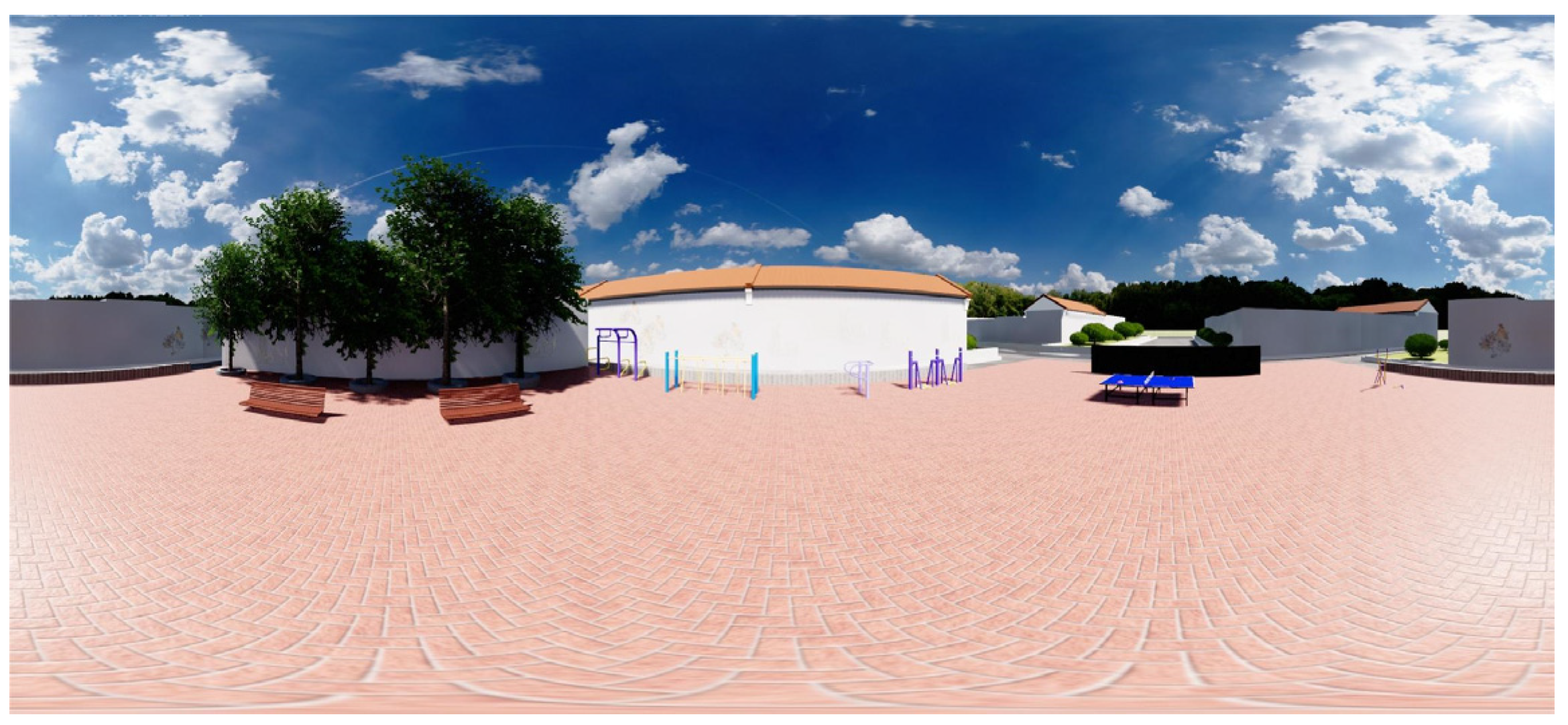
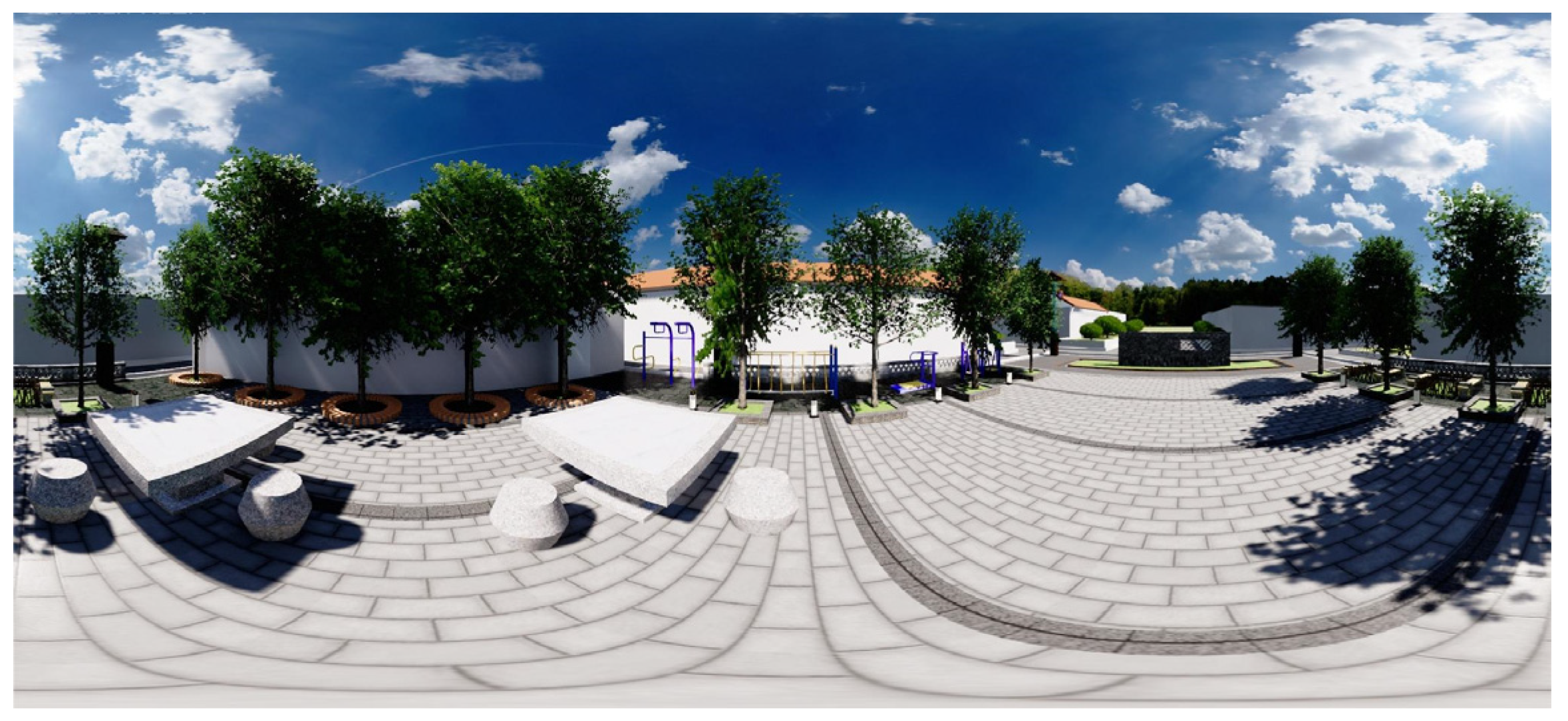

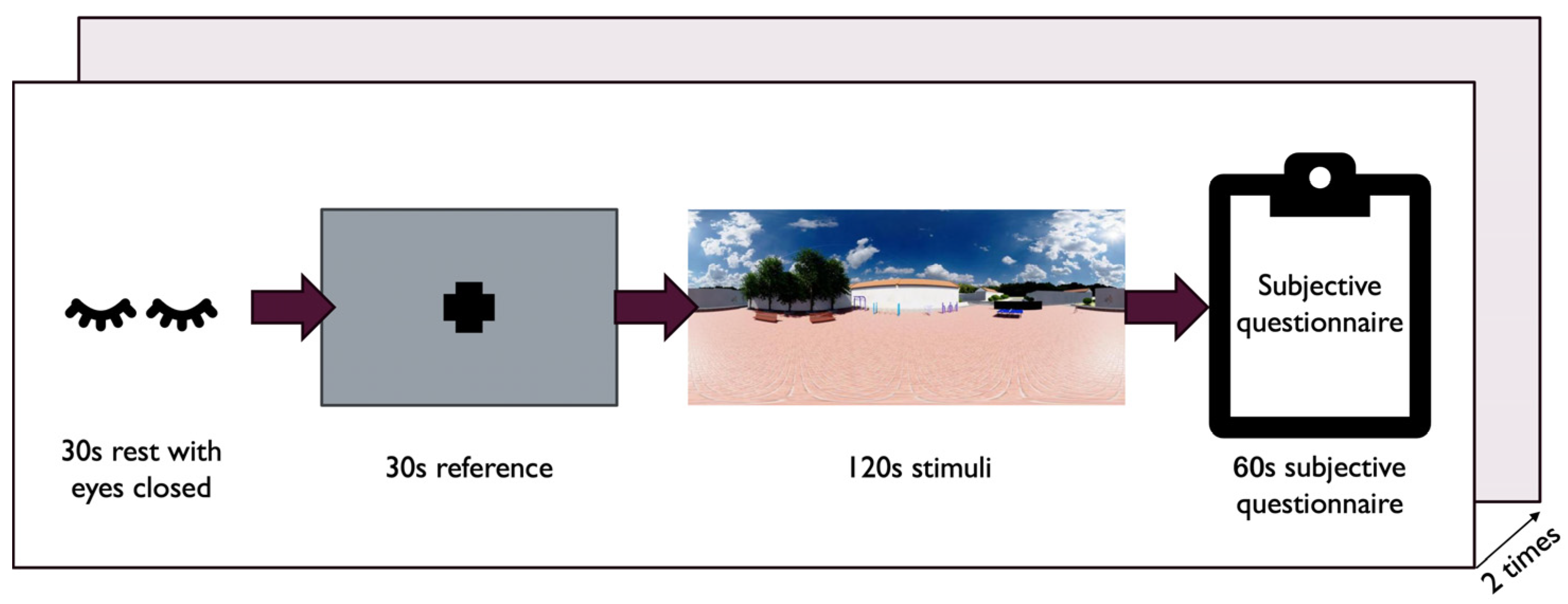


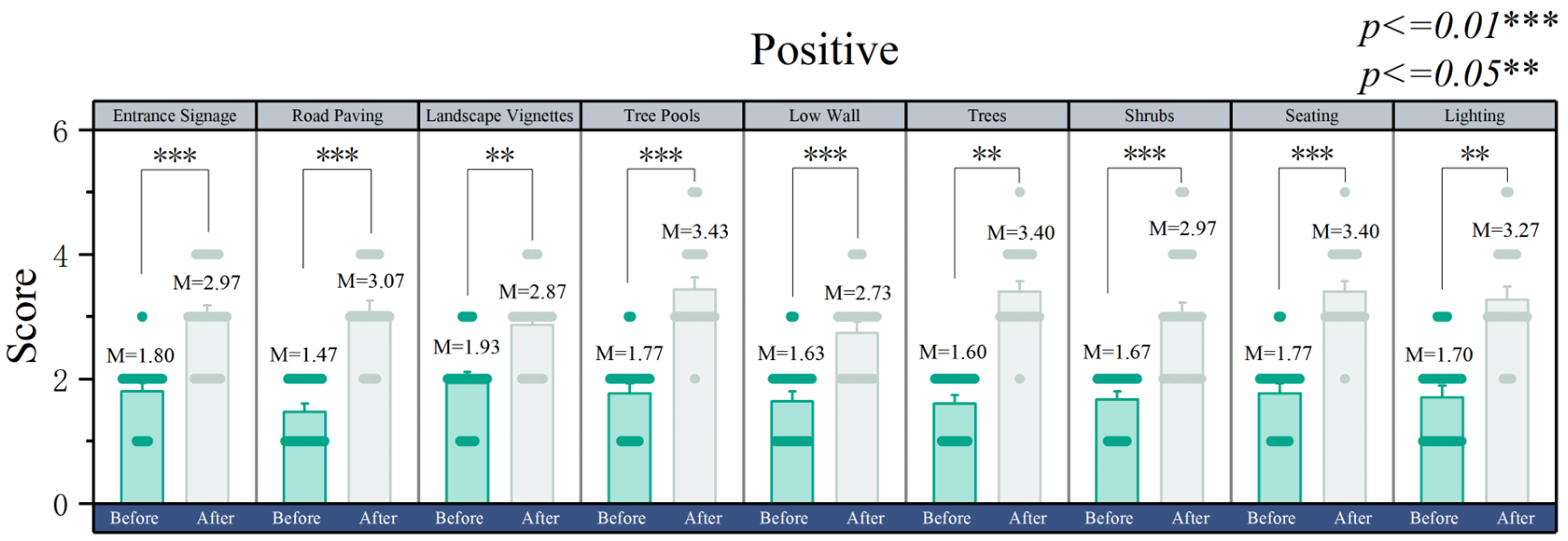
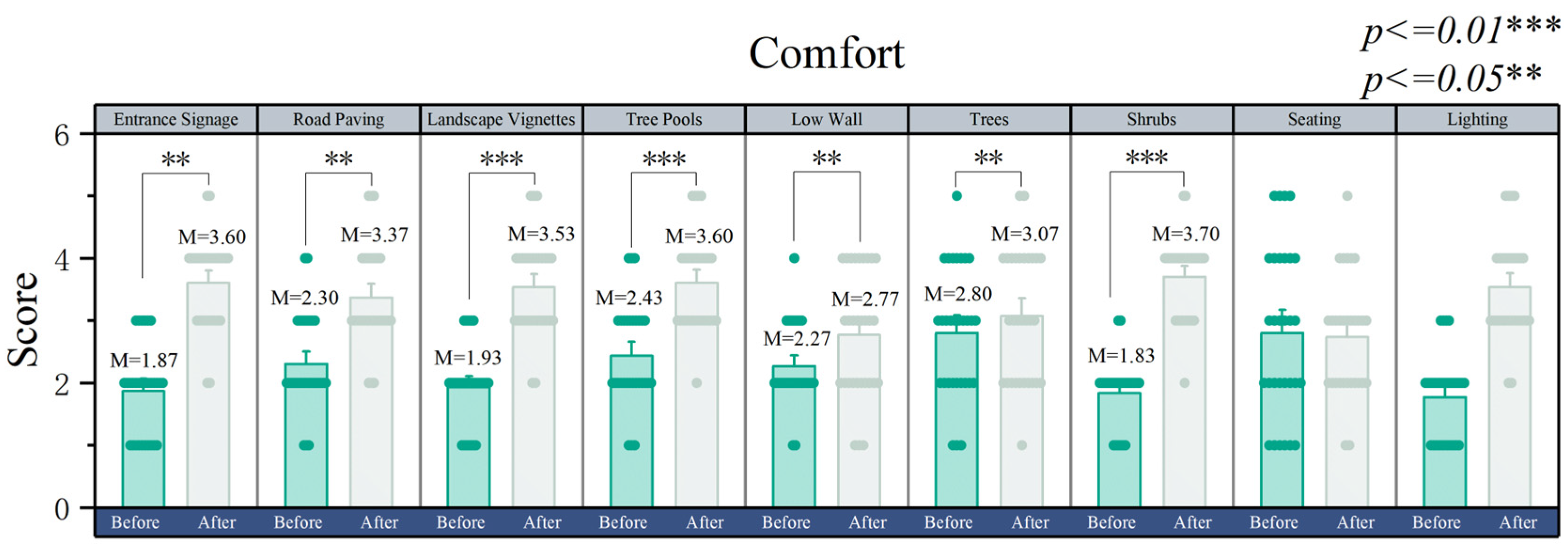
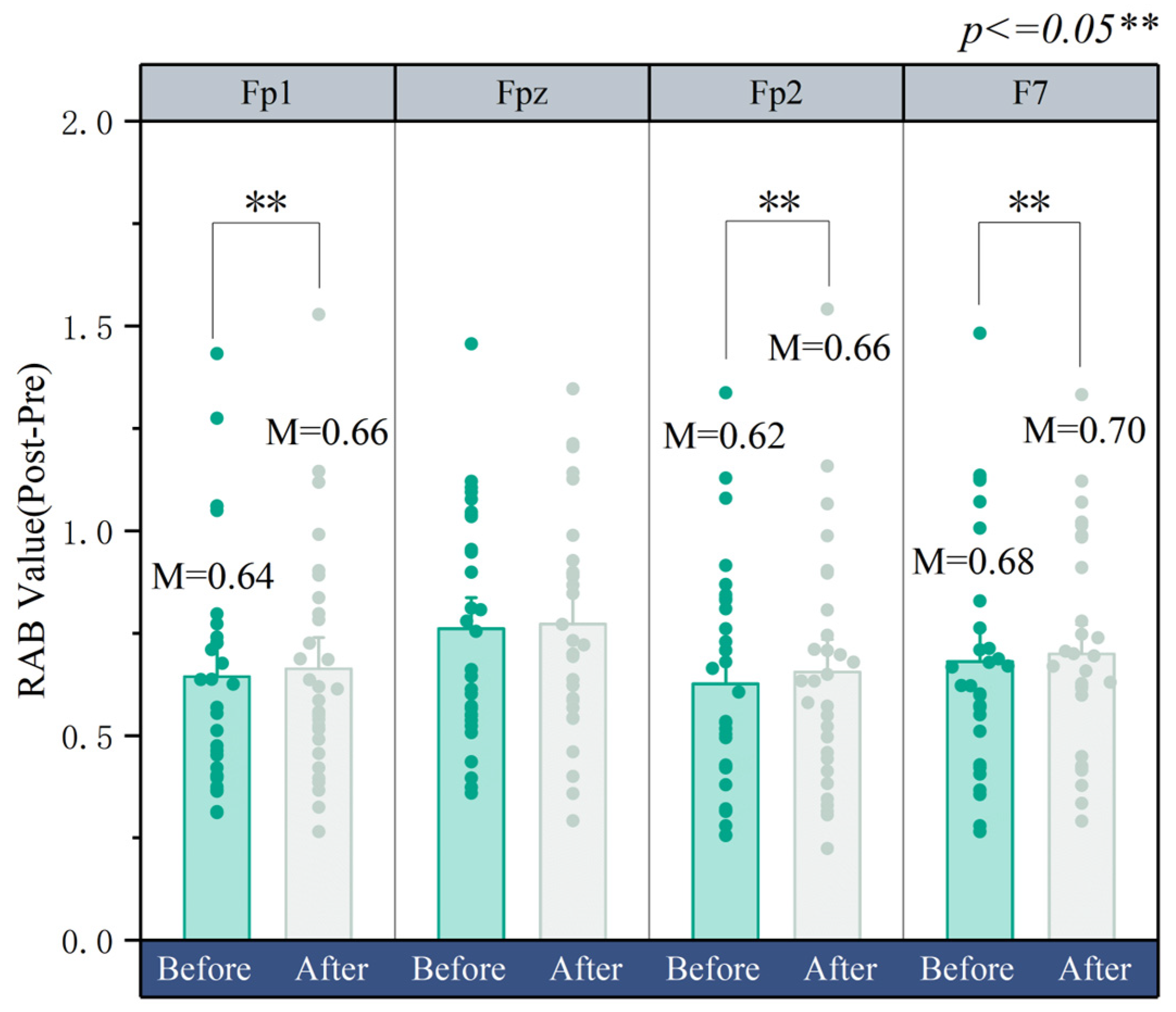
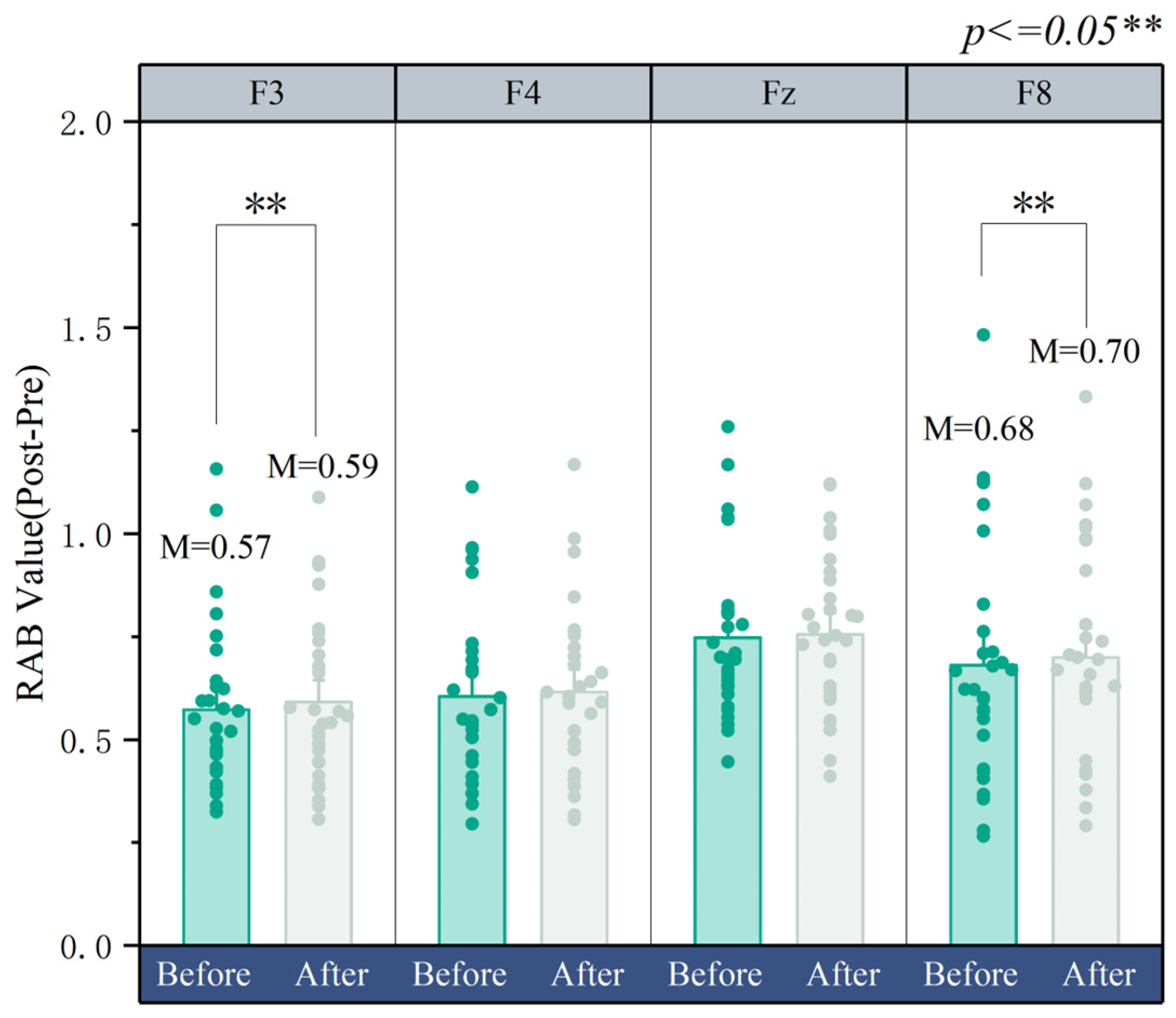
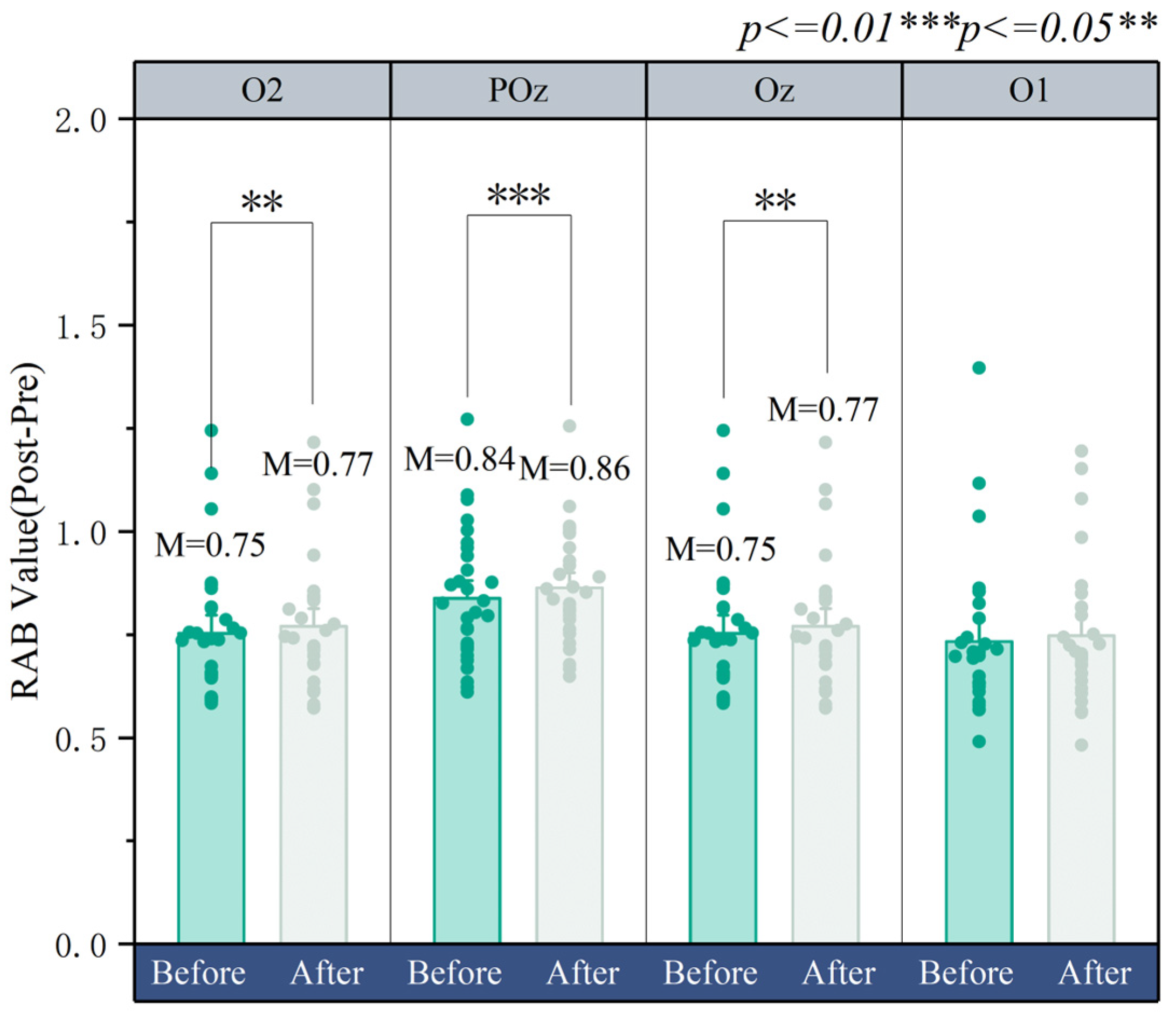
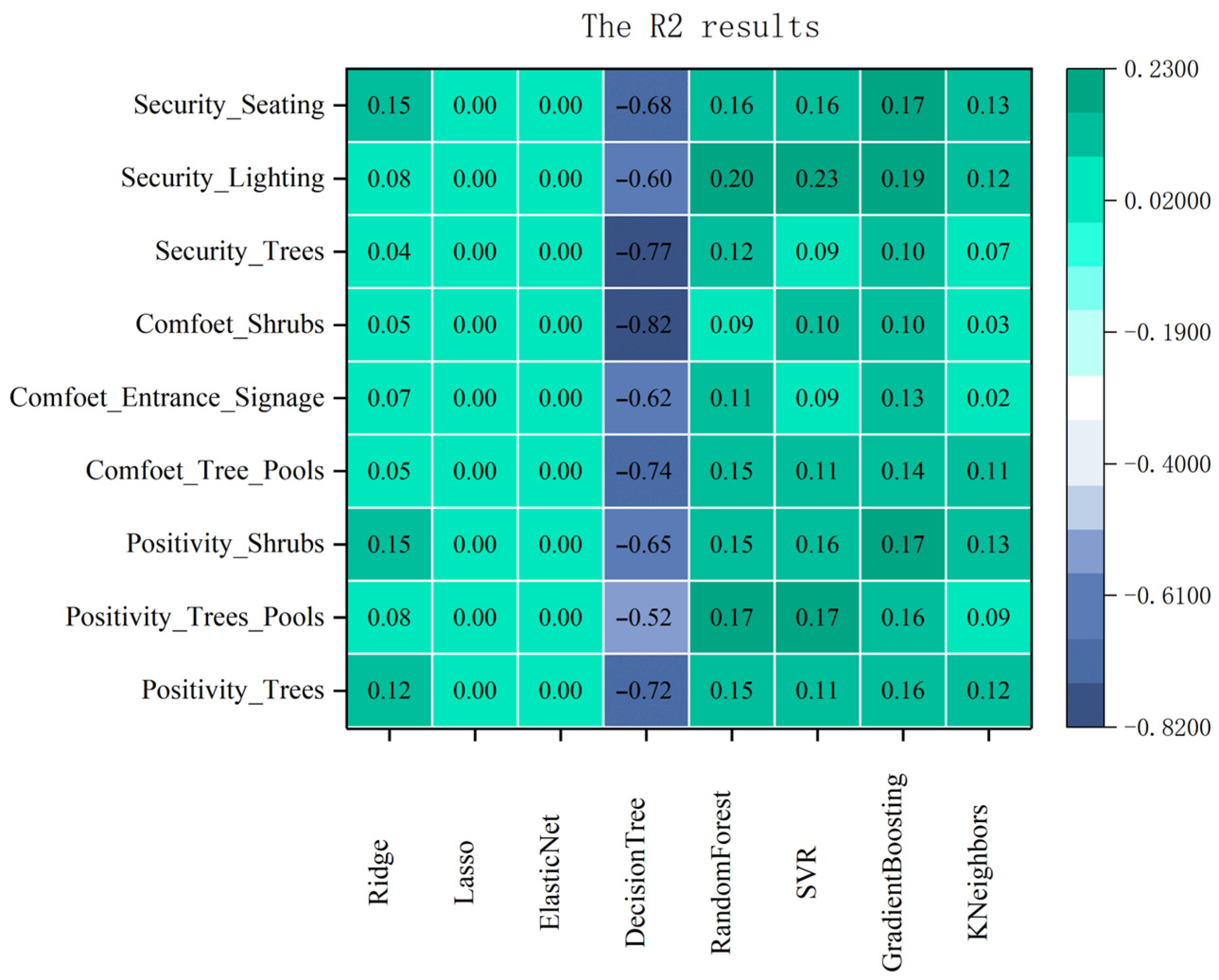
| Sample Information on Experimental Scenarios | Experimental Field | |
|---|---|---|
| Scenario 1 | Scenario 2 | |
| Road Paving |  |  |
| Entrance Signage | 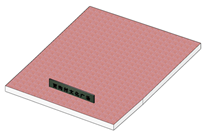 |  |
| Landscape Vignettes | 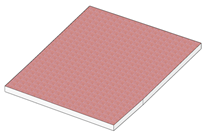 | 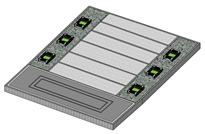 |
| Tree Pools |  | 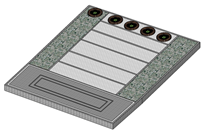 |
| Low Wall |  | 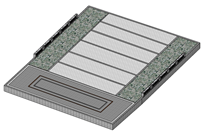 |
| Shrubs | 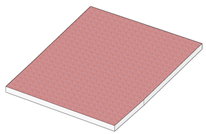 | 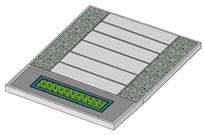 |
| Trees | 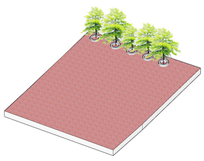 | 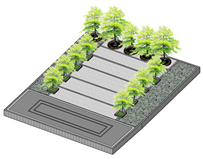 |
| Seating |  | 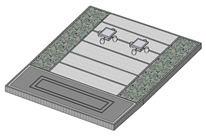 |
| Lighting |  | 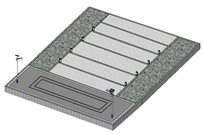 |
| Test Item | Evaluation Type | Test Sub-Item | Evaluation Scale | Parameter Unit |
|---|---|---|---|---|
| subjective perception | Healing Security Needs Healing Physical Needs Healing Social Needs | Entrance Signage Road Paving Landscape Vignettes Tree Pools Low Wall Trees Shrubs Seating Lighting | Dangerous—Safe Uncomfortable—Comfortable Single—Various | Score [1,2,3,4,5] |
| Security | Comfort | Positivity | |||
|---|---|---|---|---|---|
| Healing Element | R2 | Healing Element | R2 | Healing Element | R2 |
| Seating | −0.68 | Shrubs | −0.82 | Shrubs | −0.65 |
| Lighting | −0.60 | Entrance Signage | −0.62 | Tree Pools | −0.52 |
| Trees | −0.77 | Tree pools | −0.74 | Trees | −0.71 |
Disclaimer/Publisher’s Note: The statements, opinions and data contained in all publications are solely those of the individual author(s) and contributor(s) and not of MDPI and/or the editor(s). MDPI and/or the editor(s) disclaim responsibility for any injury to people or property resulting from any ideas, methods, instructions or products referred to in the content. |
© 2024 by the authors. Licensee MDPI, Basel, Switzerland. This article is an open access article distributed under the terms and conditions of the Creative Commons Attribution (CC BY) license (https://creativecommons.org/licenses/by/4.0/).
Share and Cite
Ren, H.; Wang, X.; Zhang, J.; Zhang, L.; Wang, Q. Evaluation of Rural Healing Landscape DESIGN Based on Virtual Reality and Electroencephalography. Buildings 2024, 14, 1560. https://doi.org/10.3390/buildings14061560
Ren H, Wang X, Zhang J, Zhang L, Wang Q. Evaluation of Rural Healing Landscape DESIGN Based on Virtual Reality and Electroencephalography. Buildings. 2024; 14(6):1560. https://doi.org/10.3390/buildings14061560
Chicago/Turabian StyleRen, Hongguo, Xue Wang, Jing Zhang, Lei Zhang, and Qingqin Wang. 2024. "Evaluation of Rural Healing Landscape DESIGN Based on Virtual Reality and Electroencephalography" Buildings 14, no. 6: 1560. https://doi.org/10.3390/buildings14061560
APA StyleRen, H., Wang, X., Zhang, J., Zhang, L., & Wang, Q. (2024). Evaluation of Rural Healing Landscape DESIGN Based on Virtual Reality and Electroencephalography. Buildings, 14(6), 1560. https://doi.org/10.3390/buildings14061560







